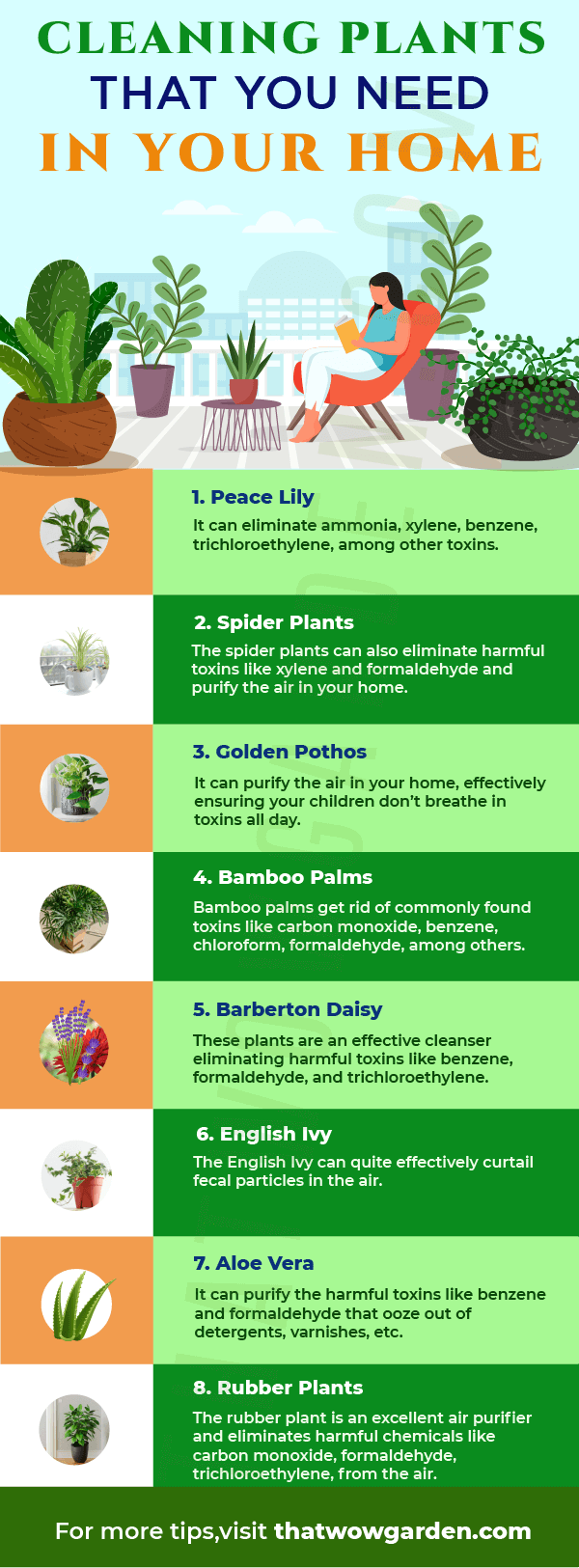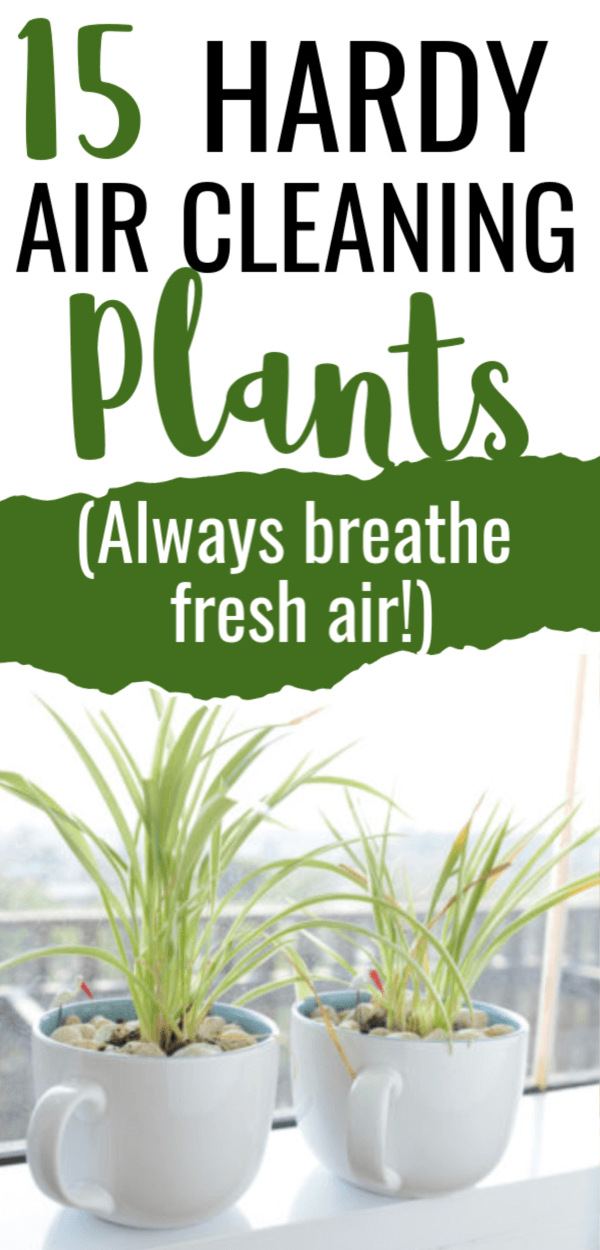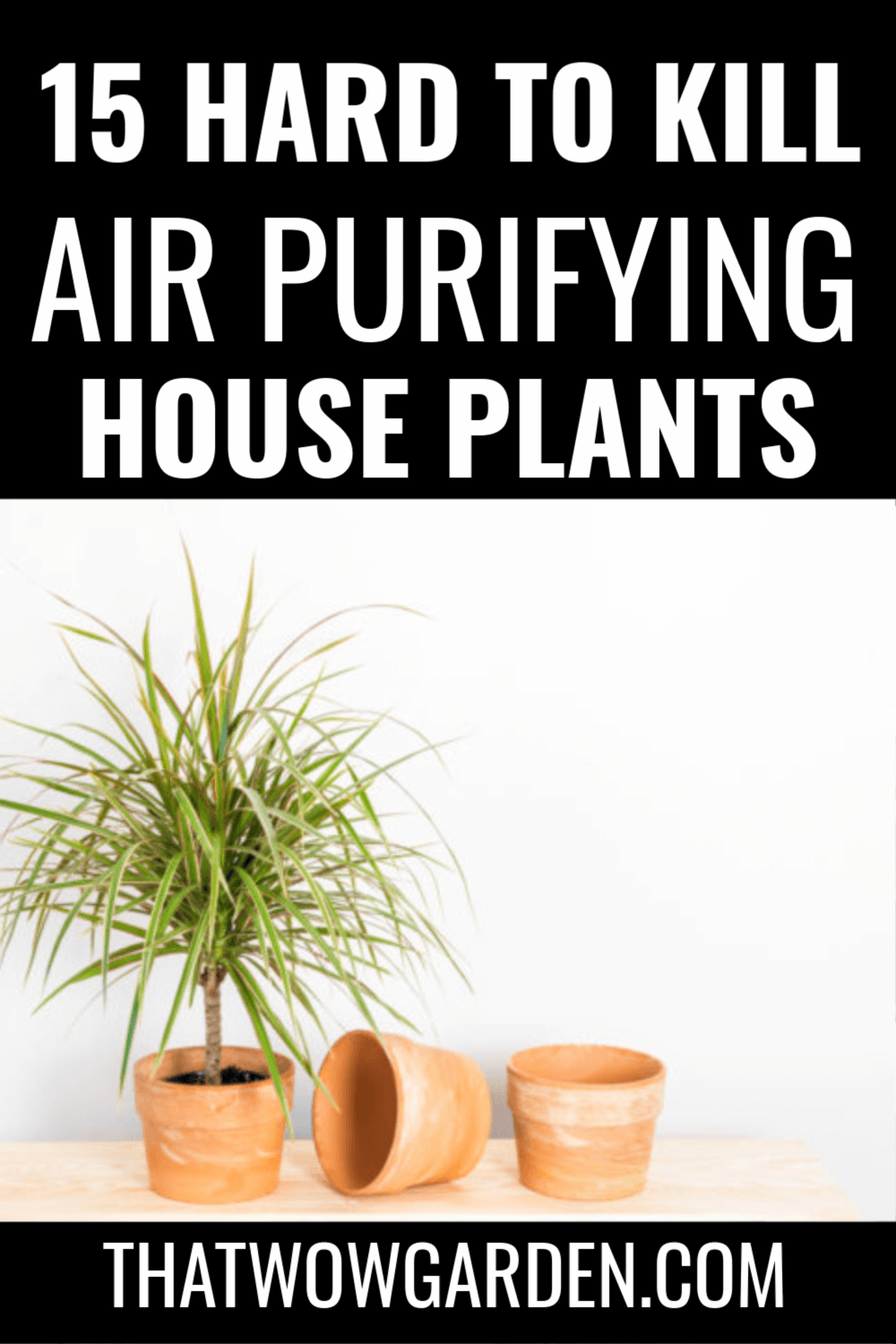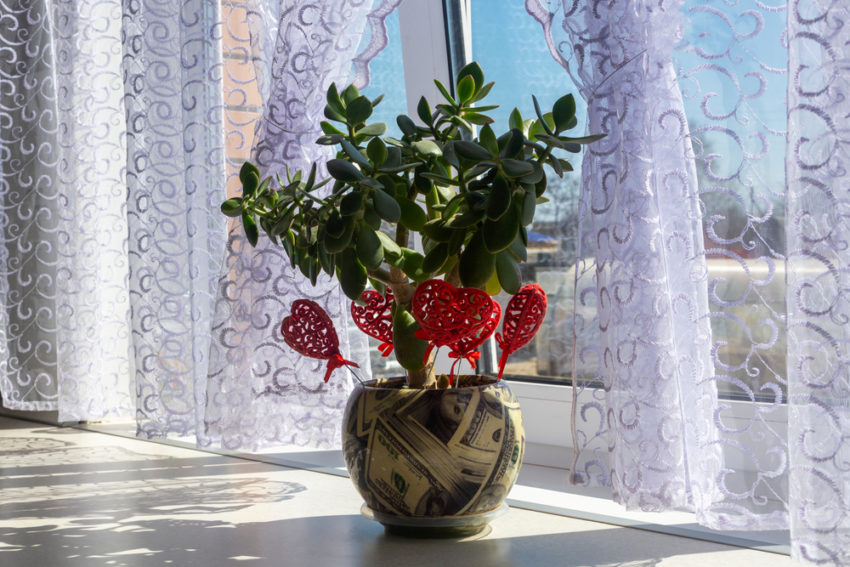Living in a large, modern, air-conditioned apartment is a luxury. Or is it? Not if you don’t have enough ventilation in there. As we relish the comforts of living in air-conditioned spaces, we forget the harms that come with living in closed spaces. The lack of airflow can cause severe health issues to you and your family. This includes asthma, cough, allergies, among other health diseases.
You can’t afford to have polluted at your home at a time when pollution is at an all-time high. A lot of household products like cleaners, furnishing, glue, etc. carry harmful chemicals that can cause chronic diseases over time. But you can’t change your house to counter this. So what is the solution?
The solution can be as simple as planting a few houseplants in your home. You might be surprised to know that many indoor plants have air-purifying properties. They can eliminate the harmful toxins from your home and make it a safer place to breathe.
And you already know how gorgeous they look. These houseplants add a natural and lively feel to the interiors. Choose the ones that will suit your preference, and you can maintain properly.
15 Air Purifying Plants That You Need In Your Home
1. Peace Lily (Spathiphyllum)
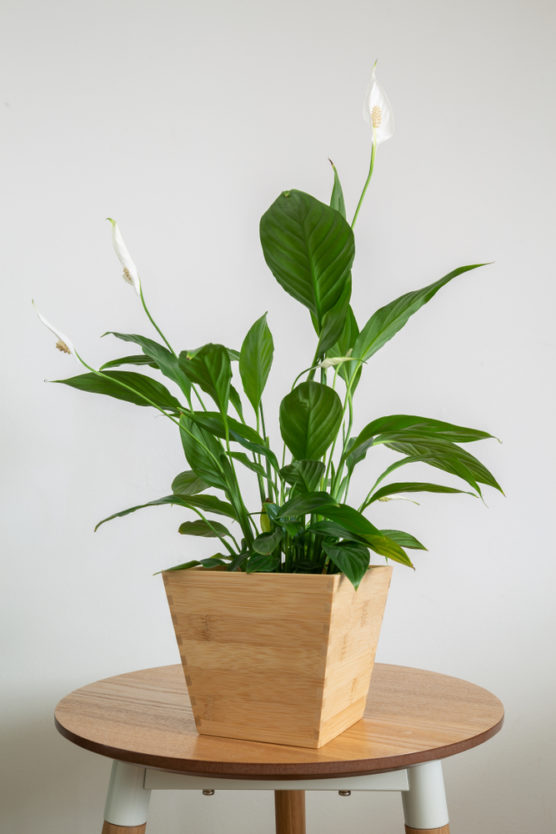
Peace lilies are the perfect blend of serenity and utility. It will provide an incredible aesthetic vibe to any living room. Some argue that all plants are beautiful. If you’re one of them, your perception will change after getting this beauty to your home.
But that’s not it. NASA and the Associated Landscape Contractors of America have accredited peace lily for removing common household toxins from the air. It can eliminate ammonia, xylene, benzene, trichloroethylene, among other toxins.
Care and Maintenance:
Keep peace lily’s soil moist but not damp. Sunlight is its ally, so you should keep it at the door or near a window. You should keep this plant away from your pets and children. It is toxic and might cause burning, skin irritation, and other allergies. It’s better to water and watch it from a distance.
2. Spider Plants (Chlorophytum comosum)
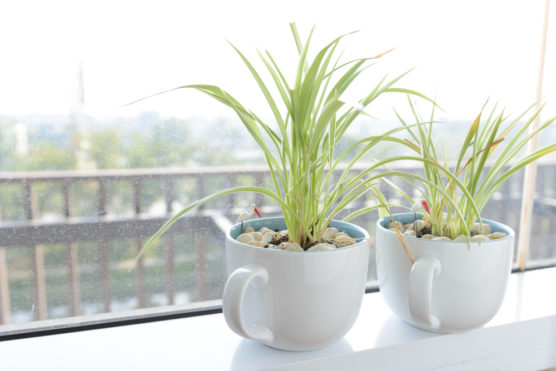
One of the most popular indoor plants, the spider plant looks great both hanging in a basket or kept at the windows. They can enhance the beauty of your work table and will also provide elegance to the kitchen countertop. If you’re lucky enough, your spider plants might also produce lovely white blossoms.
Moreover, spider plants come in about 200 species and are readily available all around the world. That’s why they are also a cost-effective option. Also known as air plants, the spider plants can also eliminate harmful toxins like xylene and formaldehyde and purify the air in your home.
Care and maintenance:
Another reason behind their popularity is the low maintenance they require. The spider plants only require sunlight about once in a week or two. Water them about three times a week, and they will remain fresh for years.
3. Golden Pothos (Epipremnum aureum)
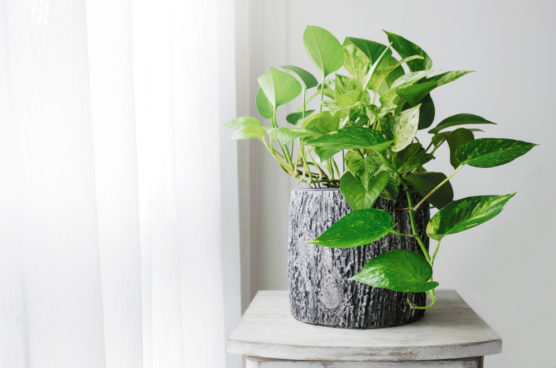
Also known as Devil’s Ivy, this indoor plant will purify your air forever! No kidding, get it to your home now, and this might become the oldest living creature in your home. This indoor plant becomes almost indestructible with a little bit of care.
This all-weather plant adapts to several climates. It can purify the air in your home, effectively ensuring your children don’t breathe in toxins all day. It can eliminate harmful particles of toluene, benzene, carbon monoxide, xylene, and formaldehyde, to name a few. If maintained well, these round-leaved plants can grow up to 8 feet long.
Care and maintenance:
You have heard of low maintenance, but this one is almost no maintenance. You just have to rejuvenate it with water when the soil gets dry after a long while. They can grow reasonably quickly, so you might have to cut the tendrils at times.
4. Bamboo Palms (Chamaedorea seifrizii)
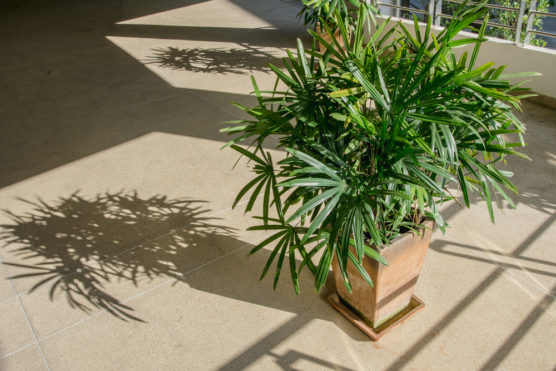
This one is not for the careless procrastinators. The sturdy and elegant bamboo palm requires just a bit more care than indoor plants. They carry a wild look and are an ideal option for large rooms.
Bamboo palms get rid of commonly found toxins like carbon monoxide, benzene, chloroform, formaldehyde, among others. Apart from that, they make the air around moist. This comes particularly useful for those living in dry climates.
Care and maintenance:
The placement of bamboo palms is integral to their development. They prefer bright conditions, but you should protect them from direct sunlight. Keeping them in the corners away from the windows would be ideal.
Keep them in an aerated place and water them regularly to keep the soil moist. Mist them every once in a while to protect them from spider mites. They are safe, non-toxic plants so your children can freely play around.
5. Barberton Daisy(Gerbera jamesonii)
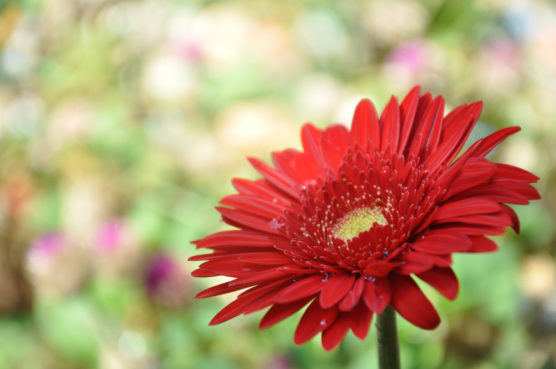
Does your room look dull, lifeless, and plain? Why not add a few colorful Barberton daisies in your home? Coming in bright red, pink, orange, and yellow colors, these lovely flowers add a dash of liveliness and vibrance to the room.
Even better, these plants are an effective cleanser eliminating harmful toxins like benzene, formaldehyde, and trichloroethylene commonly found in household cleaners and paints.
Care and maintenance:
The little size of these plants may get you thinking they won’t require much maintenance. But you need to push your lazy self to keep the soil moist. Water them regularly but only in small amounts, shouldn’t sit there. Ensure the room has plenty of windows that allow natural light.
6. English Ivy (Hedera Helix)
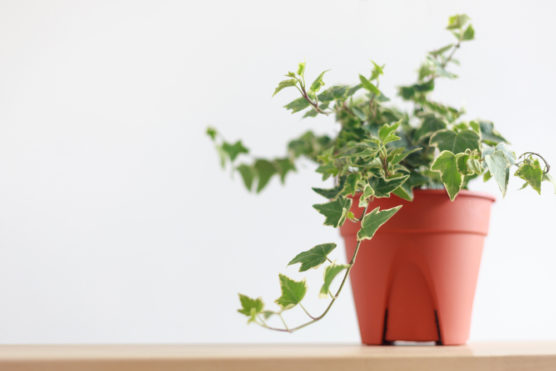
The starry shaped leaves blended in a combination of the dark and light green of the English Ivy makes it a thing of beauty. But there is more to it. The English Ivy can quite effectively curtail fecal particles in the air. This makes it a great option to keep in your stinky bathroom and even the kitchen.
Cut yourself the cost of air fresheners by keeping these natural cleaners. Studies have also proved that the English Ivy can help fight off molds, which makes it a must-have for everyone.
Care and maintenance:
The English Ivy requires generous amounts of regular watering and at least four hours of direct sunlight a day. Ensure your bathroom has windows or move it outside in the day. It would take up 15 minutes of your day, but fresh detoxified air is undoubtedly worth it.
7. Aloe Vera
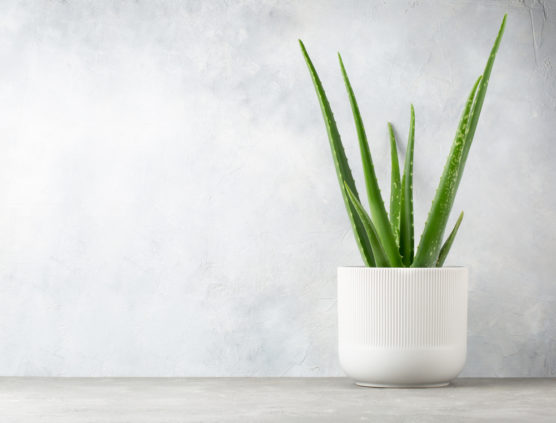
You might have heard about aloe vera’s remedial properties. It rejuvenates the skin, gets rid of blackheads, and thus has extensive use in skincare products. Moreover, the daily consumption of aloe vera juice can improve the digestive system and get rid of acidity and constipation.
But many don’t know that the magic plant also has detoxifying properties. It can purify the harmful toxins like benzene and formaldehyde that ooze out of detergents, varnishes, etc. It also helps soothe kitchen burns making it a remarkable addition to your home.
Care and maintenance:
A little bit of watering now and then, and the sunlight is all the aloe vera plant asks for. It thrives in a sunny location, so we recommend keeping it on the kitchen window.
8. Rubber Plants (Ficus Elastic)
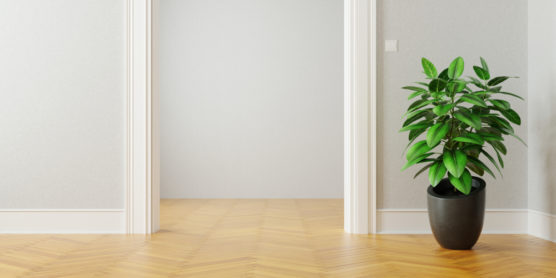
Originated in India, the Rubber plants have large dark green leaves that exude the forest vibe. Their roots grow upwards and twirl around their trunk, making pleasing shapes. They yield a milky white latex, which was formerly used to make rubbers. Don’t confuse them with the para rubber tree that is the commercial source of rubber.
The rubber plant is an excellent air purifier and eliminates harmful chemicals like carbon monoxide, formaldehyde, trichloroethylene, among others, from the air.
Care and maintenance:
The rubber plant requires moderate maintenance, which includes bright conditions and moist soil. Water them regularly in dry winter seasons. Keep them in a well-lit room but not in direct sunlight. Keep their leaves looking gorgeous by occasionally wiping them.
9. Money Bonsai Plant (Epipremnum aureum)
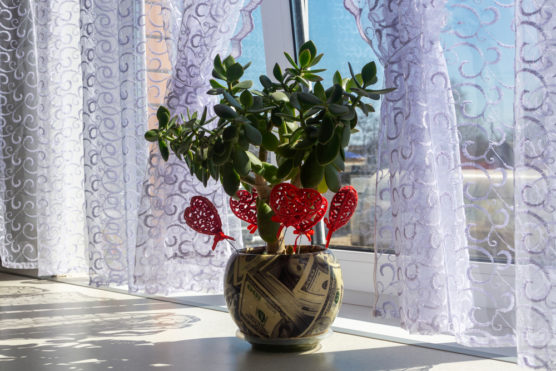
Yes, you know this name is misleading, and it doesn’t grow out of money. But the money plant is still a valuable currency to have at home. NASA has featured money bonsai for its ability to get rid of pollutants like xylene, toluene, formaldehyde, and benzene.
Apart from that, the lush green leaves are refreshing to watch. They can enhance the beauty of your living room, the work desk, and even the kitchen.
Care and maintenance:
Good news for the procrastinator as you just have to water them once a week. Keep them in a well-lit area away from direct sunlight. Despite their high purification, money plants can be toxic for cats, dogs, and children. Keep them on a height that your kids and pet can’t reach.
10. Chinese Evergreen (Aglaonema)
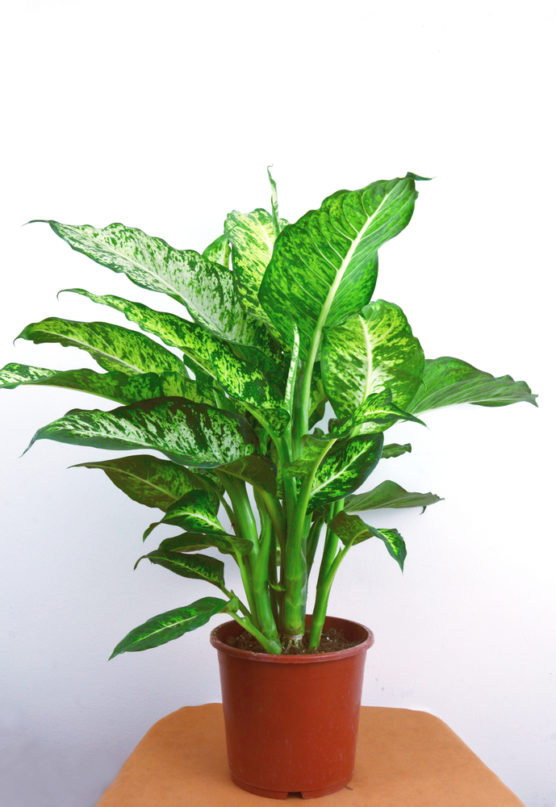
Due to their extensive popularity, there are high chances you or some of your neighbors already own this one. And it’s a wise decision to keep these at home. The patterned leaves look amazing and can subtly improve your decor.
But the best part is that they emit a high amount of oxygen, making you feel fresh and energetic. They also purify the air eliminating benzene, formaldehyde, and other dangerous pollutants.
Care and maintenance:
You can keep these comfort plants in the dark conditions away from the sunlight. You only need to water them occasionally to keep the soil moist. They act as an excellent living room decor, especially one that doesn’t have enough ventilation.
11. Broad Lady Palm (Rhapis excelsa)
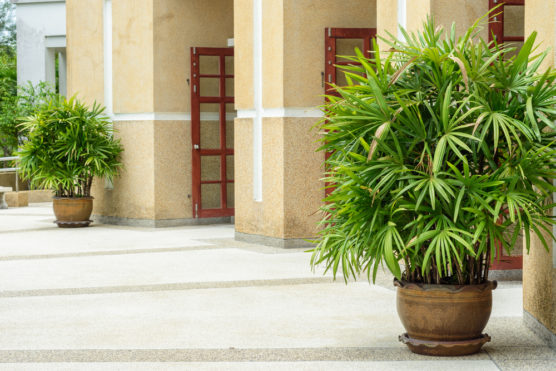
The banana-shaped leaves of the broad lady palm make for an amusing appearance. But they can save you from the harmful effects of ammonia in your home. It is a rare breed of plants that can eliminate ammonia, so you should seriously consider having it.
The only downside is a fully grown broad lady palm is quite expensive. Consider buying a small plant or start from a seed in a pot.
Care and maintenance:
This plant just loves humidity. It will do well with frequent watering, and you can keep it under direct sunlight too. These plants grow tall and would look ideal at the living room or bedroom entrance.
12. Cooktown Orchid (Dendrobium Phalaenopsis)
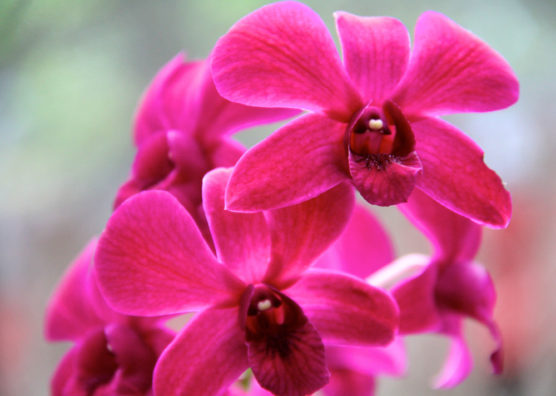
A native of Australia and Southeast Asia, the Cooktown Orchid is a majestic indoor plant. It produces blooms of lavender and white flowers that add a touch of elegance to the house. They can eliminate the harmful toxin xylene found in glues and paints.
While they originated from the warm climes of Australia, they naturally bloom in spring all around the world.
Care and maintenance:
These are one of the few plants that prefer direct sunlight. In fact, they love being under the sun and would grow the best right on the window. Water them regularly for the best results.
13. Boston Fern (Nephrolepis exaltata)
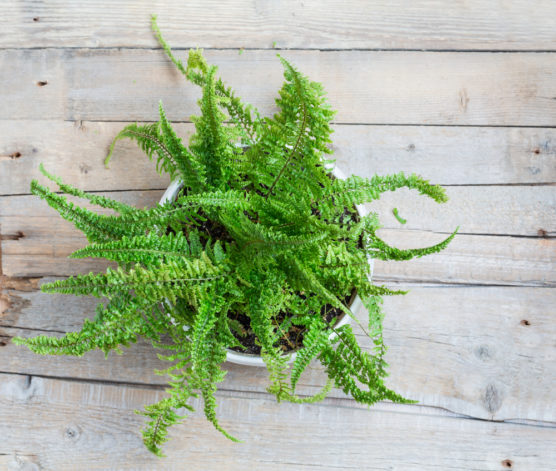
If there’s too much negative space in your living room, consider adding a pot of Boston Fern there. Its leaves grow out quite broad, covering a good area and add to the natural vibe. Moreover, it is an excellent absorber of dangerous chemicals like formaldehyde, xylene, benzene, among other common household pollutants.
Care and maintenance:
These are inexpensive and easy to maintain house plants. You should water them weekly in the summer months, which extends to monthly in the winters. You would perhaps forget about watering them, so you should set up a reminder.
14. Dragon Tree (Dracaena Marginata)
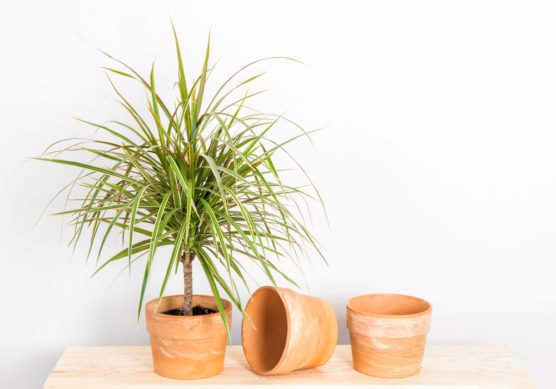
Are you looking for a small indoor plant for your creative desk? Indeed plants help you breathe well and supplement the thinking process. The Dragon tree, with its sword-shaped trees with exciting red edges, would be a great option. This stylish plant is a native of Madagascar.
It has excellent air purifying properties and can clear harmful toxins like xylene and trichloroethylene. Moreover, the tall and slim shape of this plant ensures it doesn’t take much space making it ideal for the office desk. It grows slowly, which is a further advantage.
Care and maintenance:
The Dragon tree prefers light shade. Keep the windows open in the day. It does require regular watering at least once a day—extra mist water on the leaves to keep them moist and fresh. Keep it away from cats and dogs, as it can be toxic to them.
15. Kimberly Ferns (Nephrolepis obliterata)
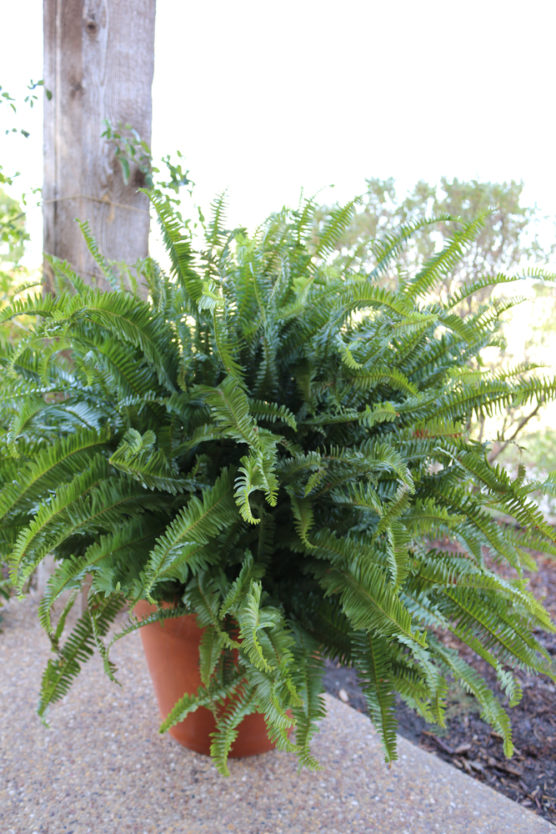
Although not as popular as the Boston Fern, the Kimberly fern is better suited to indoor climes. It can sustain dry spells and thus requires low maintenance. Just like the Boston Fern, this one also removed formaldehyde and other dangerous toxins from the air.
It has a high transpiration rate, which helps increase oxygen content in the air. Kimberly ferns also act as an excellent humidifier and are ideal for rooms with less ventilation.
Care and maintenance:
Keep it in moderately lit conditions. Kimberly ferns prefer indirect sunlight. Water it regularly in small amounts to keep the soil moist. Mist the leaves occasionally to prevent them from drying out.
It’s important to note that having one or two of these plants won’t suddenly make the air significantly fresh. Add a good number of plants depending upon the size of your house if cleaning the air is your agenda.
